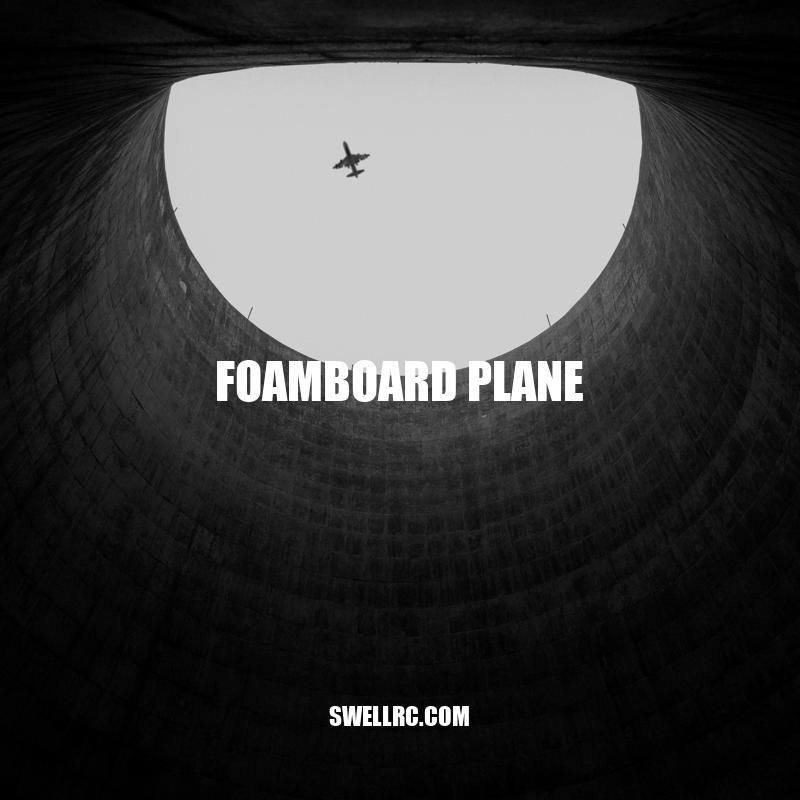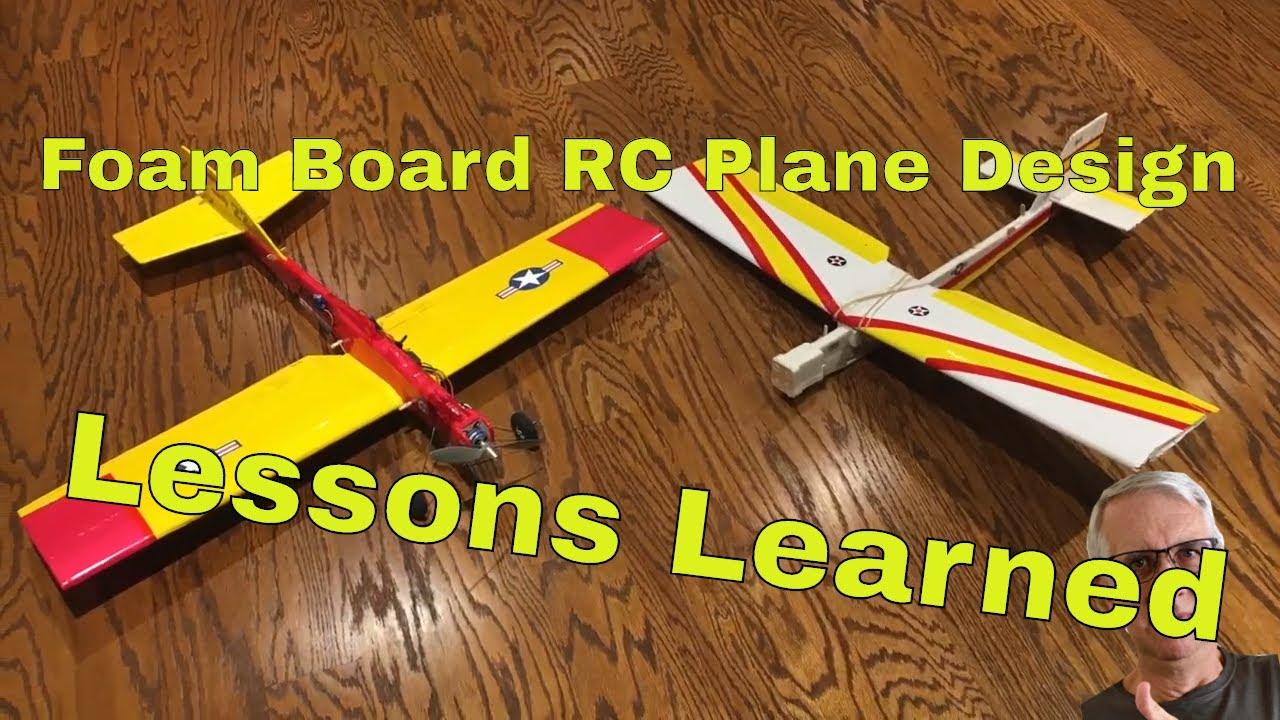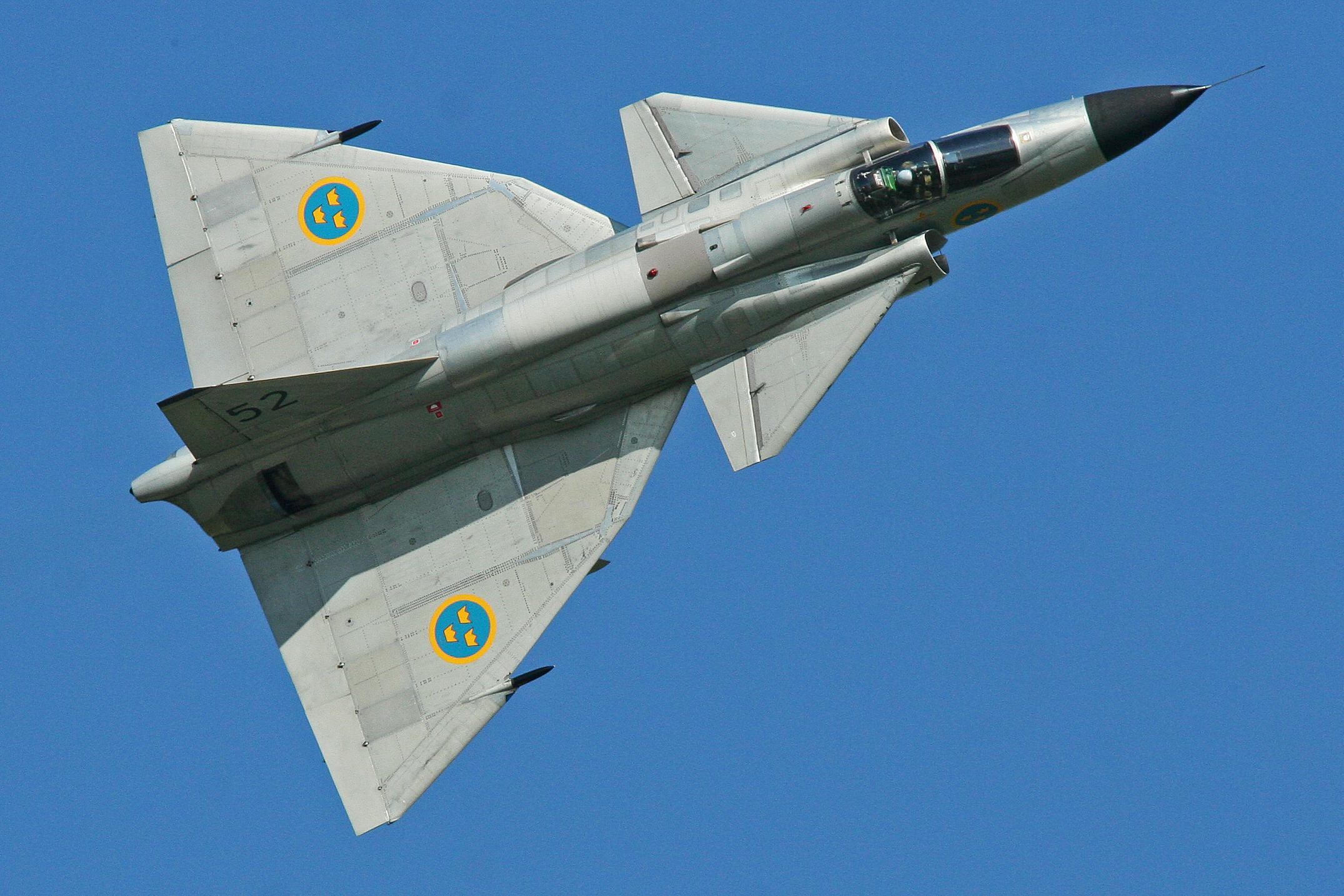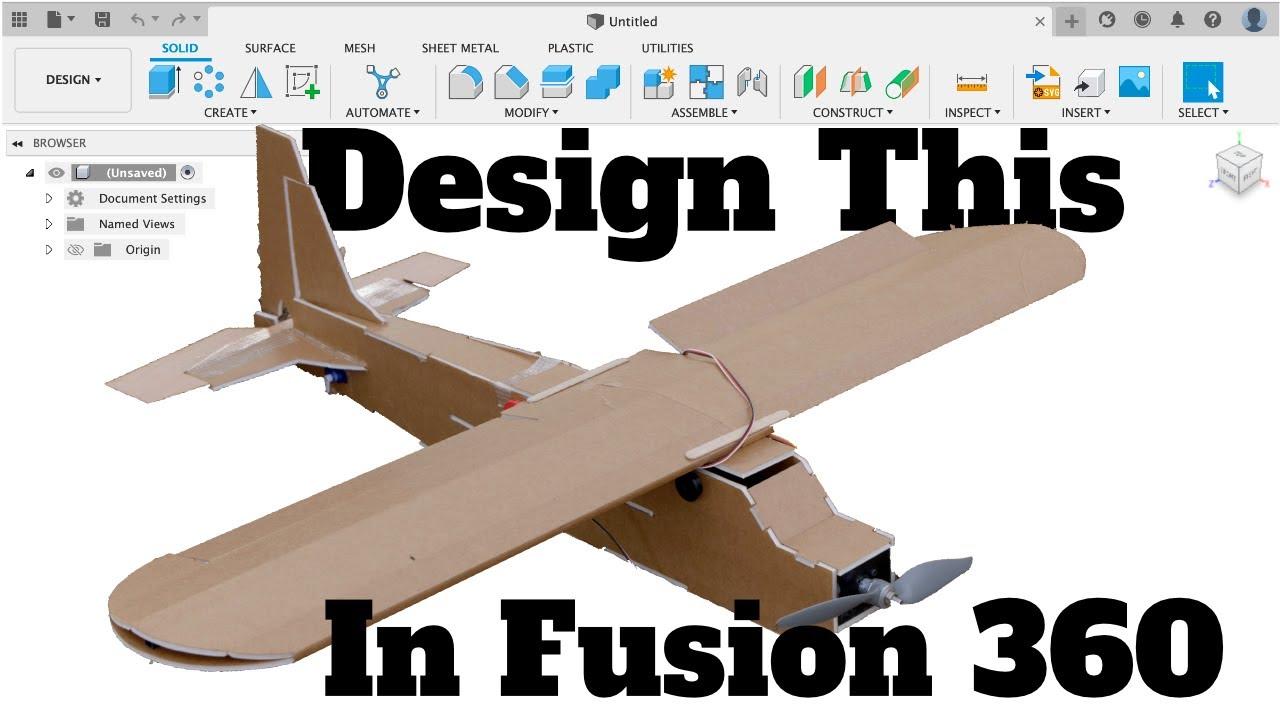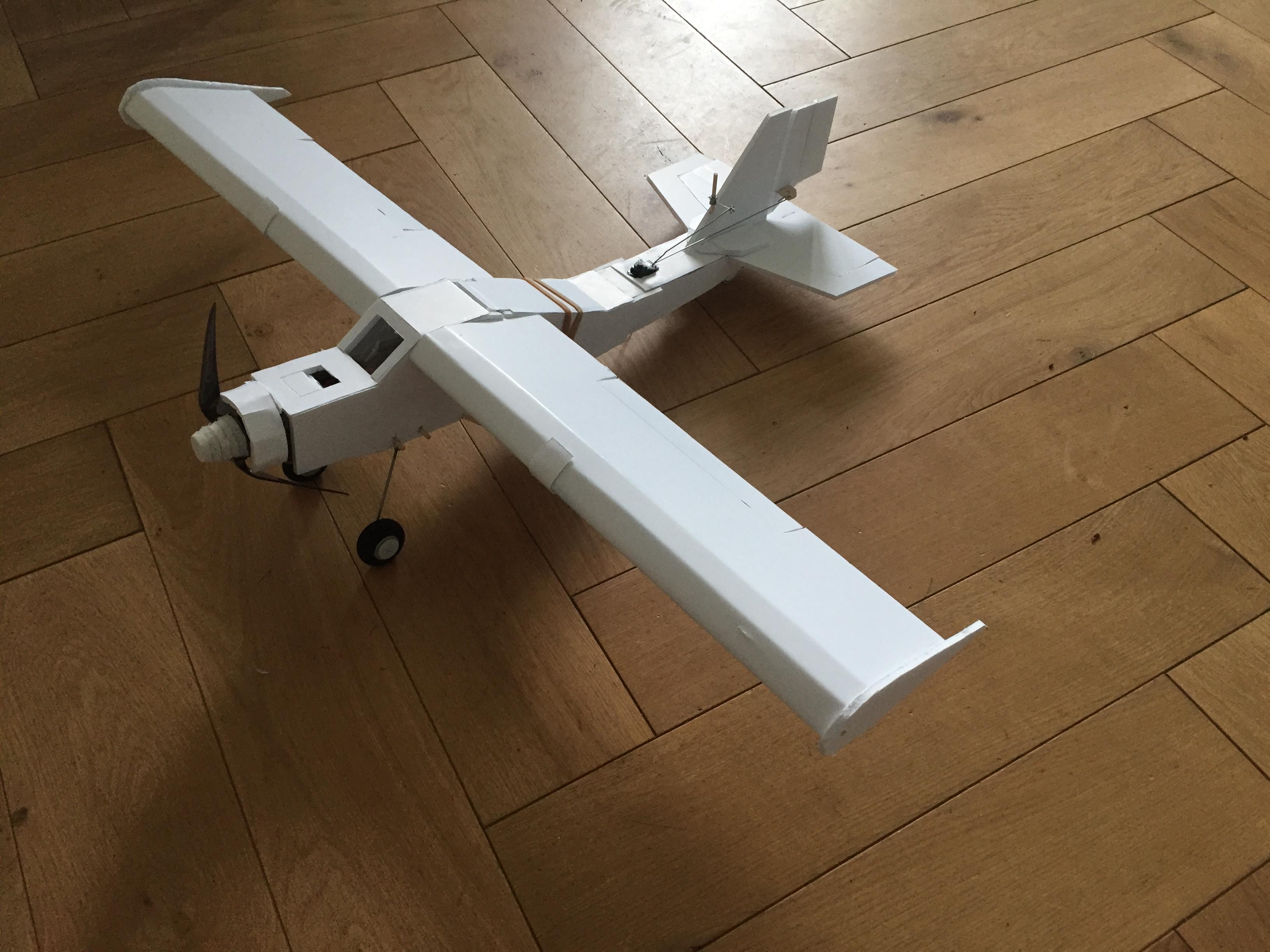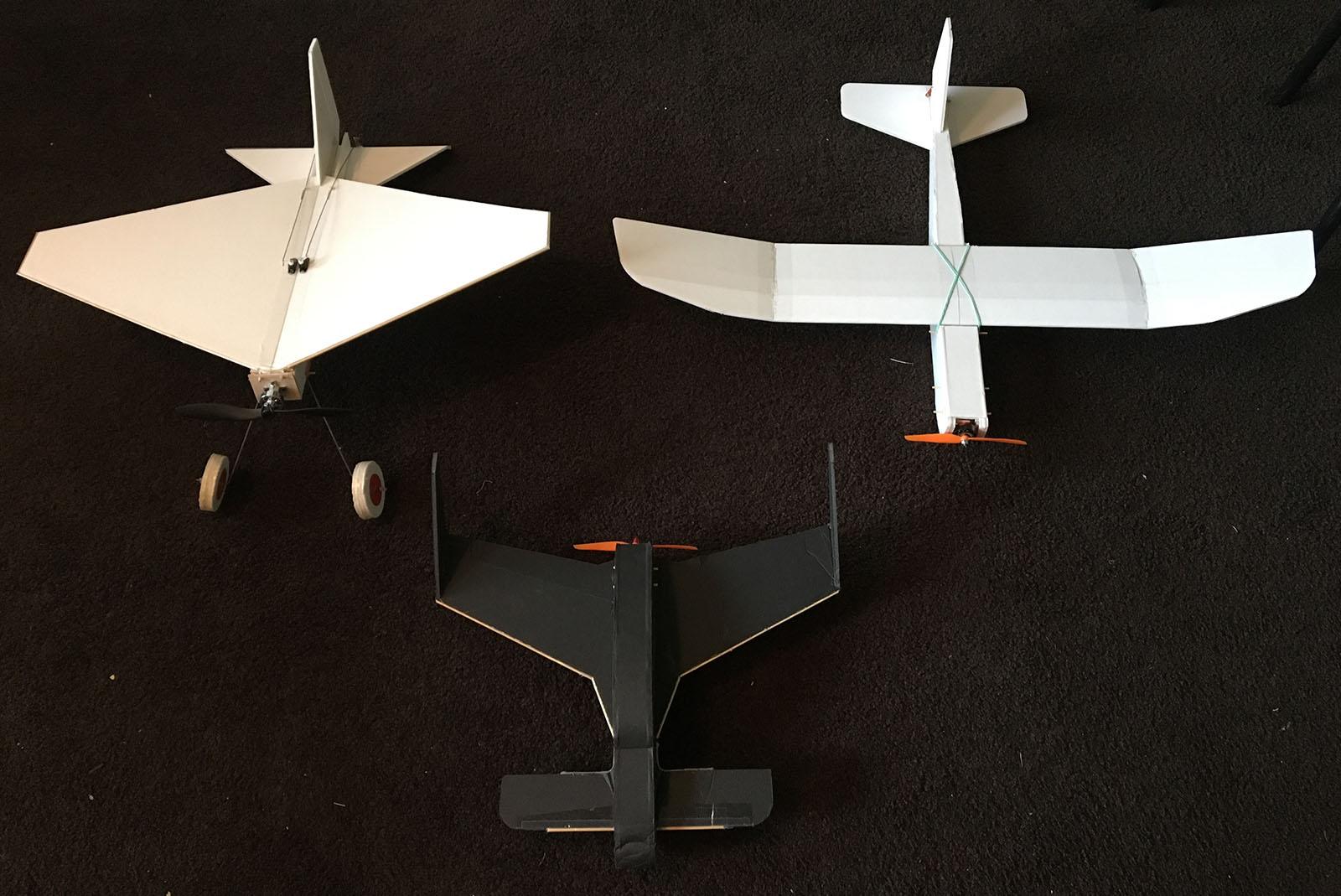Mastering the Foamboard Plane: A Guide to Building and Flying
The foamboard plane is a popular hobby among aviation enthusiasts and DIY enthusiasts alike. This simple yet versatile aircraft is made from foam board, a lightweight and easily accessible material that can be purchased in most craft stores. Because of its affordability and ease of construction, the foamboard plane is a great entry point for beginners who want to learn the basics of building and flying an RC aircraft. With the right tools and a little bit of patience, anyone can create a foamboard plane that is both functional and fun to fly.
Construction Process for Foamboard Planes
Construction process involves precision and attention to detail.
Necessary materials include foam board, a blade or cutting tool, and glue.
Steps involved typically include:
- Printing out the plans
- Cutting out the individual pieces
- Assembling and gluing the pieces together
- Attaching the motor and electronics
Video tutorials and instructional manuals are available online.
Popular foamboard plane plans can be found on websites like Flite Test and RC Groups.
What materials are necessary for the construction process of a foam board plane?
Foam board, hot glue, a hobby knife, a ruler, and a marker are necessary materials for the construction process of a foam board plane.
Configuration types: standard, delta, and canard
- Foamboard planes are known for their unique flight characteristics
- Different wing and tail configurations can significantly affect flight performance
- Common configuration types include:
- Proper balancing and trimming is crucial for optimal flight
| Configuration Type | Description |
|---|---|
| Standard | Straight wing with no dihedral or anhedral; horizontal tail stabilizer |
| Delta | Triangular wing shape; no horizontal tail stabilizer; offers fast speed and maneuverability |
| Canard | Forward-swept wing positioned near the nose of the plane; horizontal tail stabilizer positioned at the rear; provides excellent stability in flight |
Interesting Fact: The world’s largest model airplane made from foamboard was a 1:8 scale replica of a B-17G Flying Fortress, with a wingspan of 32 feet and weighing over 400 pounds.
Websites:
- Flite Test
- RC Groups
What are the different foamboard plane wing and tail configurations?
There are different foamboard plane wing and tail configurations such as the conventional, biplane, swept wing, flying wing, and V-tail.
Customize and modify your foamboard plane with these popular upgrades and personalization options
Foamboard planes offer opportunities for customization and modification. Popular modifications include adding ailerons for improved control in flight, increasing power with larger motors or multiple motors, and adjusting wing and tail configurations for different flight characteristics.
Custom decals and paint jobs can personalize and add a unique touch to a foamboard plane.
One product that can help with motor upgrades on foamboard planes is the FT Elements Simple Firewall from Flite Test.
The Flite Test Forums are a great resource for those interested in aircraft design. Here, enthusiasts can find discussions on various topics related to foamboard planes and ask questions to the community.
What is the FT Elements Simple Firewall and how can it be used to upgrade motors on foamboard planes?
The FT Elements Simple Firewall is a firewall designed for use on foamboard planes to upgrade their motors. It is used to mount new motors onto the foam board firewall.
UseKnowledgeBase4ItemPreventing Foamboard Plane Accidents
- Building and flying foamboard planes come with certain challenges and risks
- Safety precautions and regulations that should be followed include:
- Flying in open areas away from people and property
- Using battery safety guidelines for LiPo batteries
- Maintaining proper balance and trimming to avoid loss of control
- Adhering to local laws and regulations for flying unmanned aircraft
- Beginners should seek proper training and supervision before attempting to fly a foamboard plane
Product:
- Lithium Polymer Battery Safety Guide: a guide for handling and using LiPo batteries safely
Website:
- Academy of Model Aeronautics: a website with resources and guidelines for safely flying unmanned aircraft, including foamboard planes
What safety precautions should be followed when flying foamboard planes?
When flying foamboard planes, it is important to follow safety precautions such as wearing eye protection, choosing a safe flying location, avoiding flying near people or buildings, and ensuring the plane is properly balanced and in good condition.
Top Resources for Foamboard Plane Enthusiasts
- Online communities and forums provide a wealth of knowledge and resources on building and flying foamboard planes
- Popular online forums include:
- FliteTest Forum: a forum dedicated to all things related to foamboard planes and other flying machines: https://forum.flitetest.com/index.php
- RCGroups Forum: a forum with a wide range of topics related to radio-controlled aircraft, including foamboard planes: https://www.rcgroups.com/forums/index.php
- Instructional videos and manuals also provide helpful guidance and tips:
- FliteTest YouTube Channel: a YouTube channel with a wide range of videos on building and flying foamboard planes: https://www.youtube.com/user/flitetest
- RC Powers Foamboard Airplane Plans: a website that offers downloadable plans and instructions for building foamboard planes: https://www.rcpowers.com/
- Events and competitions also provide opportunities for enthusiasts to showcase their skills and creations:
- Flite Fest: an annual event hosted by FliteTest that brings together foamboard plane enthusiasts from around the world: https://www.flitefest.com/
- Indoor Free Flight Scale Meet: an annual event hosted by the National Free Flight Society that features indoor flight competitions for foamboard planes and other small-scale models: https://freeflight.org/
What are some popular online forums and resources for building and flying foamboard planes?
Some popular online forums and resources for building and flying foamboard planes are Flite Test, RCGroups, and the Foam Board Builders group on Facebook.
Conclusion
The foamboard plane is an affordable and accessible hobby that offers hours of enjoyment for aviation enthusiasts and hobbyists alike. With the right materials, tools, and attention to detail, it’s easy to construct a foamboard plane from scratch. Once built, these planes offer a range of flight characteristics that can be customized to suit the pilot’s preferences. Moreover, online communities provide a wealth of resources on building and flying foamboard planes, while events and competitions offer opportunities for enthusiasts to showcase their skills and compete with others.
That said, it’s important to remember the potential risks associated with flying foamboard planes, especially for beginners. It’s crucial to follow safety precautions and regulations at all times and to seek proper training and supervision before attempting to fly a foamboard plane.
Overall, the foamboard plane hobby is a rewarding and engaging pursuit that offers a range of opportunities for personalization, creativity, and community. With a little patience, practice, and passion, anyone can build and fly their very own foamboard plane.

